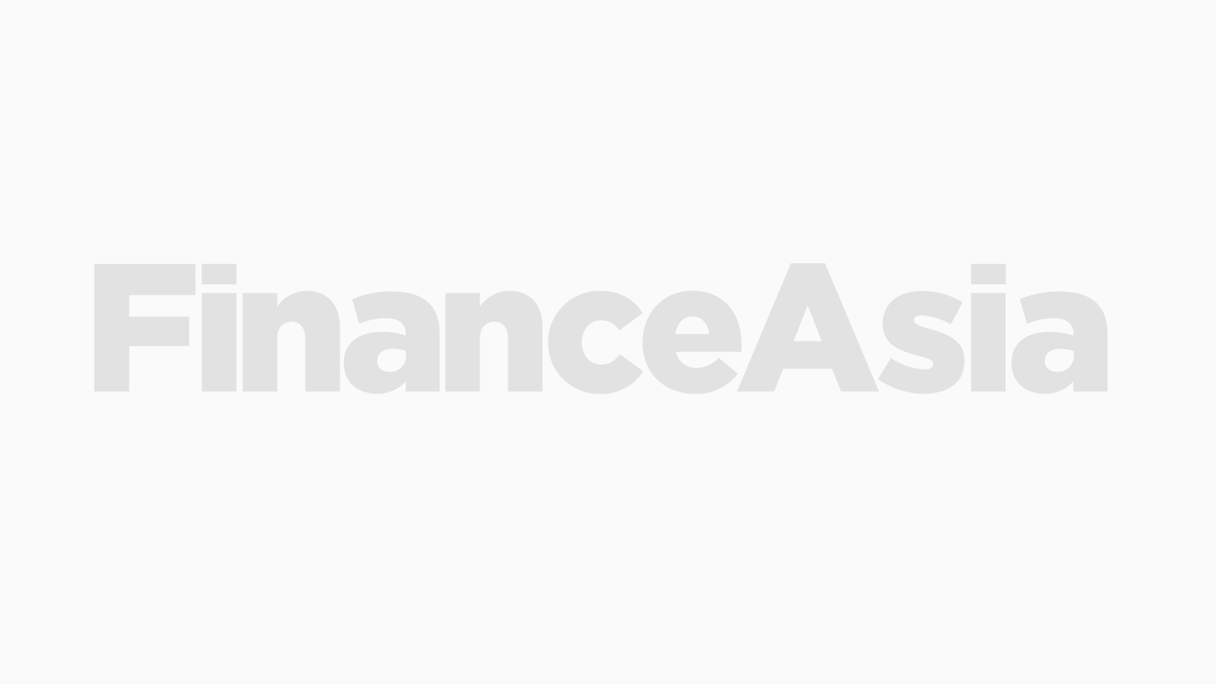Woori Bank, a unit of Woori Finance Holdings, sold $800 million of Rule 144A notes on Monday, pricing the 5.5-year deal at midday in New York. The deal attracted huge demand from investors worldwide, but also controversy, critics complained that the terms were too generous.
¬ Haymarket Media Limited. All rights reserved.



